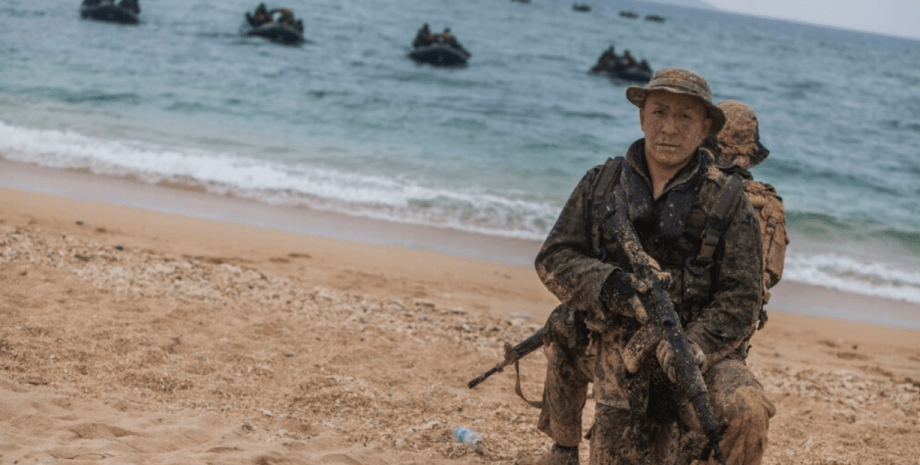
While Japan begins to create its first permanent united operational headquarters, the United States must act quickly to update their own command structure in Japan. Instead of waiting for Japan to plan details about the future headquarters - including its structure, role and location - the United States must act now to create a common component of the operational command based in Japan and will serve as a major US representation.
By acting right now, the United States will be able to influence Japan's choice. Otherwise, the decisions made in Tokyo today are narrowing Washington's ability to influence the command structure tomorrow. Focus translated Christopher B. Johnston and Zaka Cooper on joint management of US and Japan troops. Last December, Japan presented a new defense strategy, unprecedented in its scale and ambitions, which reflects the deep concern of the deterioration of the safety situation in East Asia.
According to the Strategy, Japan plans to increase defense costs by more than 60% over the next five years: from 5. 4 trillion yen (approximately $ 40 billion in today's course) in the 2022 financial year up to 9 trillion yen ($ 66 billion) in the 2027 financial year. The initiative is deploying rapidly: the budget only for the 20223 financial year in Japan is more than 25% higher than last year.
The strategy covers investment plans in the advanced opportunities in Japan, including the possibilities of accurate strokes and active cyber defense, as well as in the long-forgotten industry, such as ammunition, readiness and maintenance or protection of objects. According to some estimates, by 2027, Japan could receive the third largest defense budget in the world after the US and China.
The strategy also involves structural reforms, including the creation of a constant combined operational headquarters for "unification of command" land, maritime and air forces of self -defense. So far, there is no such special operational command in Japan.
The united headquarters, reorganized and nominally intensified in 2006, provides both command at the strategic level, advising the Prime Minister and the Minister of Defense on military issues, as well as operational command joint operations in wartime. Japanese defense officials have long recognized the shortcomings of this system.
The unprecedented earthquake and tsunami in 2011 accelerated the promotion to greater union and division of strategic and operational command, although in general, self -defense forces showed themselves well during the crisis.
Since then, Japan has been paying more attention to joint actions - in the previous defensive strategy of 2018 it has been stated that self -defense forces will "study [future] structure for joint operations", but in a new defense strategy for the first 'United headquarters. The Ministry of Defense will invite funds to create a permanent joint headquarters in the next budget cycle in order to organize a new command by March 2025.
However, the key parts remain unresolved, including the rank of officer who will lead him, the number of permanent headquarters and even his location (although it seems likely that at least at least it will be placed at the Ministry of Defense in Itigai).
These details are the reason for the acute bureaucratic rivalry in the defense department of Japan, since the Ministry of Defense officials and the leaders of the land, sea and air forces of self -defense seek to protect their institutions and powers. In the past, they resisted the creation of the headquarters, and the effectiveness of the new command will ultimately depend on their support. The United States is deeply interested in creating Japan's new operational command on the right basis.
Therefore, Washington should work both on the formation of a permanent united headquarters and to take steps to update its own command structure in Japan. Unlike the Joint Forces Command in South Korea, the US-Japanese Alliance was not created in order to "fight today" and existing command mechanisms and management reflect the requirements of the past era.
For most of the post -war history, Japan was regarded as a shelter and a shield for US troops, which were a spear of the Alliance - its true shock potential, managed exclusively by the United States. The headquarters of the US forces in Japan at Japan Yokota today is, in fact, a representative command designed to serve as a manager of US military presence in the country and to interact with the Japanese government on issues related to the basis of the Bilateral Status of Forces.
Despite the presence of nearly 50,000 US military personnel in Japan, the US Forces Command in Japan does not play a common operational role. Their commander, a three-star Air Force Officer, runs the fifth unit of the Air Force, which has a headquarters in Yokotya and reports to the headquarters at Hawaii and the Indo-Pacific Command. The same applies to the Seventh Navy in Yokoska, the third expeditionary forces of the Marines in Okinawa and the smaller units of the US Army.
Yes, today the partners of the United Staff are the Indo-Pacific Command in Hawaii and the Joint Staff in the Pentagon. This scheme made sense during the Cold War, when Japan served mostly by a platform for US military operations, and few expected the Japanese forces of self -defense of a leading role in an emergency.
But now it is senseless given the rapid evolution of the Alliance, the leading opportunities for self -defense forces and the critical role that Japan can play in different unpredictable situations. The prospect of the possibility of accurate distances, given the winged Tomahawk missiles, which Japan intends to place on its ships by 2026, gives this efforts a special relevance.
For the first time, the United States and Japan will need the ability to coordinate real -time shock operations, including intelligence, observation, reconstruction, targeting and evaluation of combat strikes. At least at first, Japan will largely rely on the American architecture of the "lesion chain" to create your own percussion capabilities, and this will require much deeper integration of the Alliance than exists today.
While Japan transforms its defensive structure, increasing it and paying more attention to the unity, the Alliance Command and Management should also change. The United States should now start creating an operational element in Japan as an analogue of a permanent joint headquarters. According to a brief report of the target group organized by the Sasakava Peace Fund, "the command of the US and Japan must urgently review.
" A fully combined American-Japanese command under a single command (such as the Joint Command of Forces in South Korea) could eventually be the most effective command structure, but neither legally nor politically it is impossible for Japan. However, the American element requires a more reliable and specialized personnel responsible for planning and coordinating bilateral military operations, starting from peacetime to major emergencies.
Such efforts are necessary to solve more effectively both the problems of Japan's defense and a broader range of regional tasks. There are several principles that Washington and Tokyo should be followed to maximize the efficiency of new Alliance command elements. First, the US operational headquarters, like its Japanese counterpart, must have a constant staff in order to maintain capacity in a major crisis or conflict.
Secondly, the US command should be united, ensuring the unity of the Navy, Air Force, Marine Corps, the US Army and Space Forces. Third, as far as possible, US and Japanese operational commands should be located nearby, because otherwise cooperation in a major emergency will be complicated. These basic principles should define further decisions, since the US government is considering not only its own command structure, but also how it is about to form parallel mechanisms of Japan.
In December, the Congress ordered the creation of the Joint Forces Headquarters in the Indo-Pacific Region in accordance with Section 1087 of the Law on Powers in National Defense. The legislation requires to present the implementation of the project 6 months after the entry into force, that is, at the end of June. Congress demanded that the headquarters be created before October 1, 2024, which gives officials a little more than a year to create a new structure.
The headquarters of the new united forces can be created in Japan, and it will be responsible for both Japan's defense and regional issues - although the last role can be politically sensitive to Japan and restricting the US freedom. Tokyo leaders may be nervous about the expanded operational role of American command in Japan, but both countries should now plan coordination of joint answers to different unforeseen situations.
But even if the new joint forces headquarters approved by Congress will be located elsewhere in the region, for example, on Guama, the creation of an operational United United States in Japan in Japan as an analogue of a permanent United Staff is an important next step in the development of the Alliance. Officials and experts discuss several general models of transformation of US command structures in Japan: as already noted, each of these options has its advantages and disadvantages.
The advanced model of the Indo-Pacific command will add preference to direct communication, but will further confuse relationships, creating a parallel structure. It would be easiest to implement a double command, but the commander responsible for the Alliance's operations will most likely not get proper attention. And the creation of the US forces - Japan would allow you to concentrate everything under one roof, but would require a significant restructuring of an existing organization.
In the end, the introduction of US forces - Japan will have a number of long -term advantages. The operational forces of the United States in Japan could get a reliable united constant headquarters. It can be placed at least partially in one room with a constant joint headquarters of Japan. However, this approach will be bureaucratically complicated and will require radical changes in the culture and staff of the command.
Experts will argue which of these three options (or others) has the greatest sense. But one thing is clear: the current situation cannot last forever. Japan takes unprecedented steps in its post -war evolution, investing in new opportunities that can make a significant contribution to regional restraint. But the use of these new opportunities requires innovative thinking about the operational mechanisms of allies.
Washington should not stand aside until Japan decides how and where to place its permanent joint headquarters, as these decisions will determine the US opportunities for regional command mechanisms of command and management. It is time to discuss the US leaders with Japanese colleagues about the constant joint headquarters and the future of the American team structure in Japan.
While Japan is stepping forward, the United States must support it, providing a joint vision of the development of command structures of the Allies in the coming years. Christopher B. Johnston is a senior advisor from Japan at the Center for Strategic and International Research. For 25 years, he worked in the US government, in particular in the National Security Council under Biden and Obama administrations, as well as in the Minister of Defense.
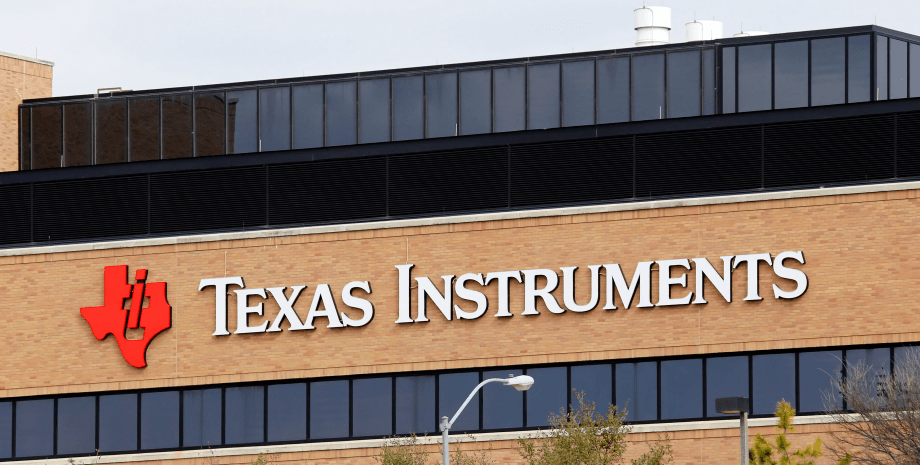

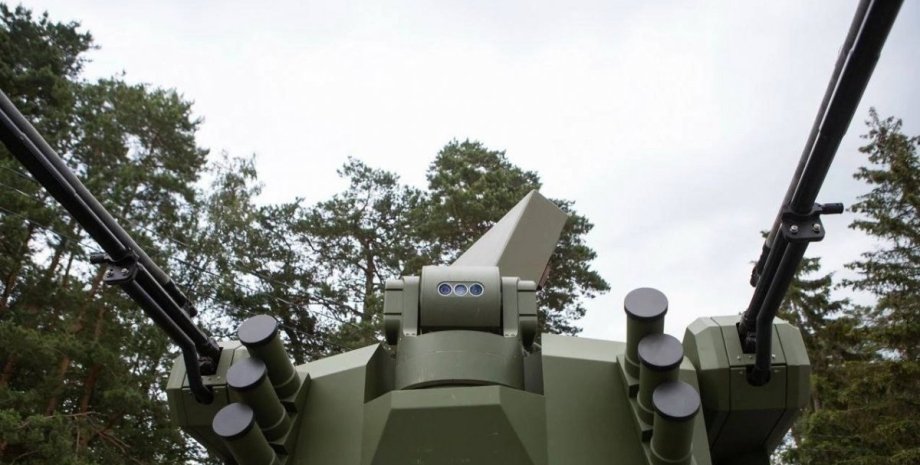
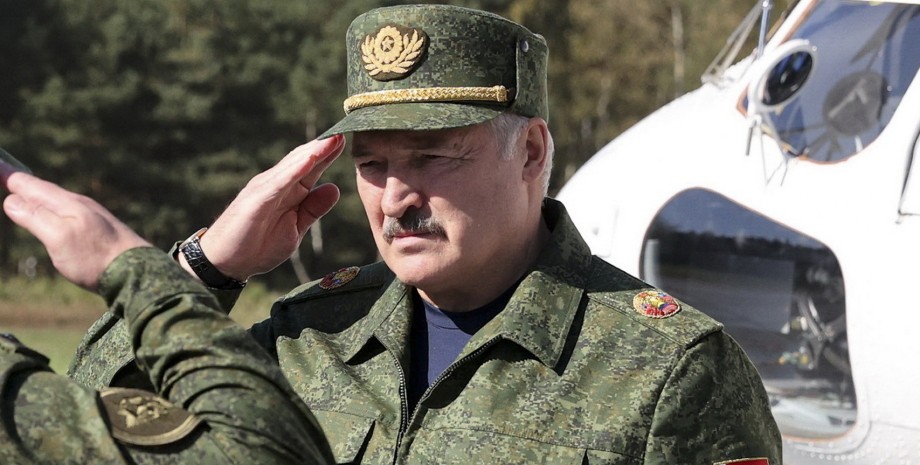
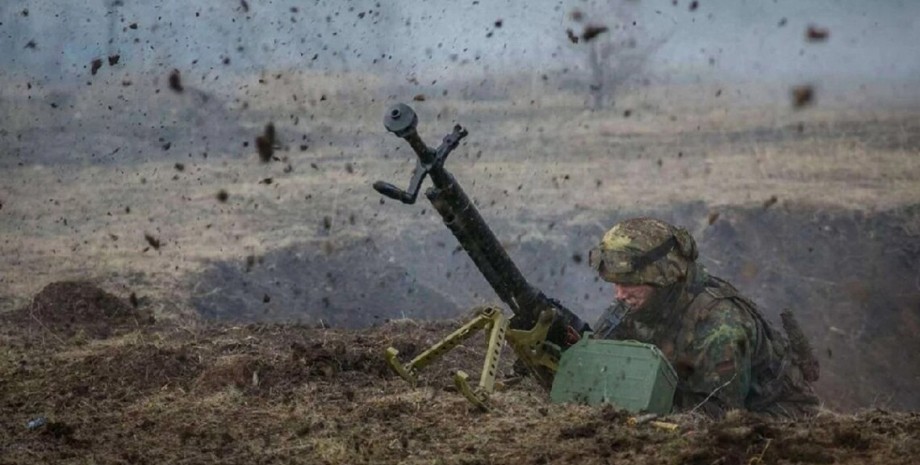

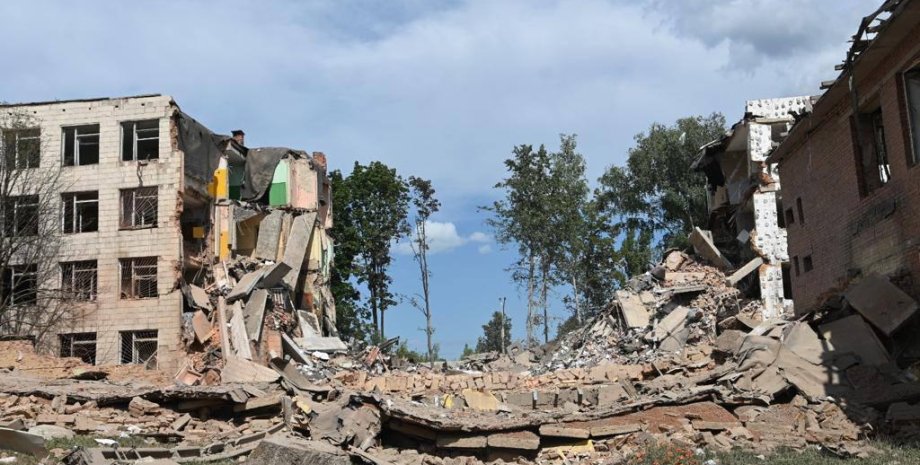
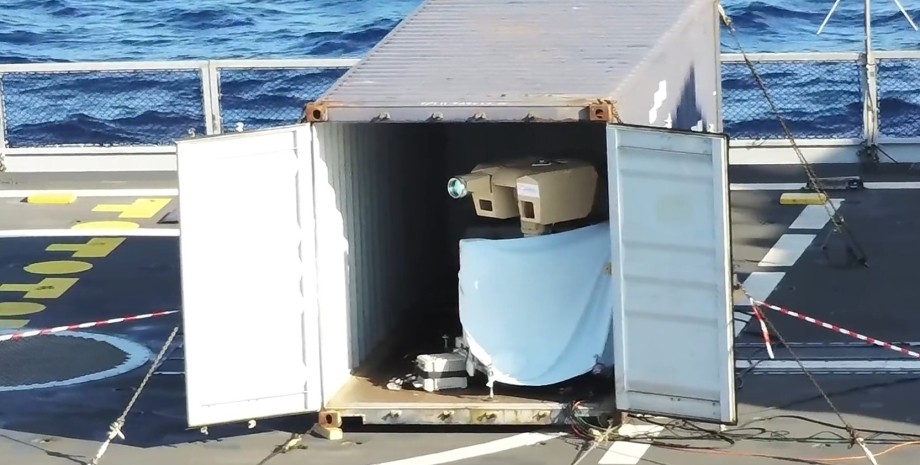
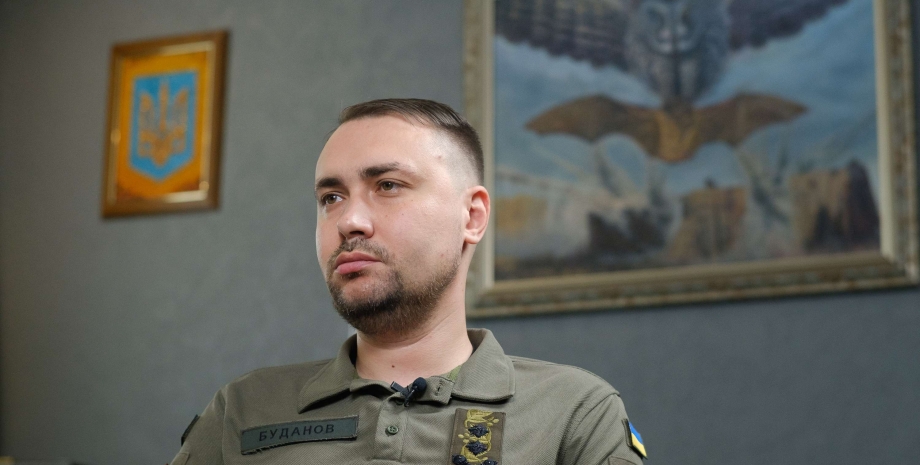
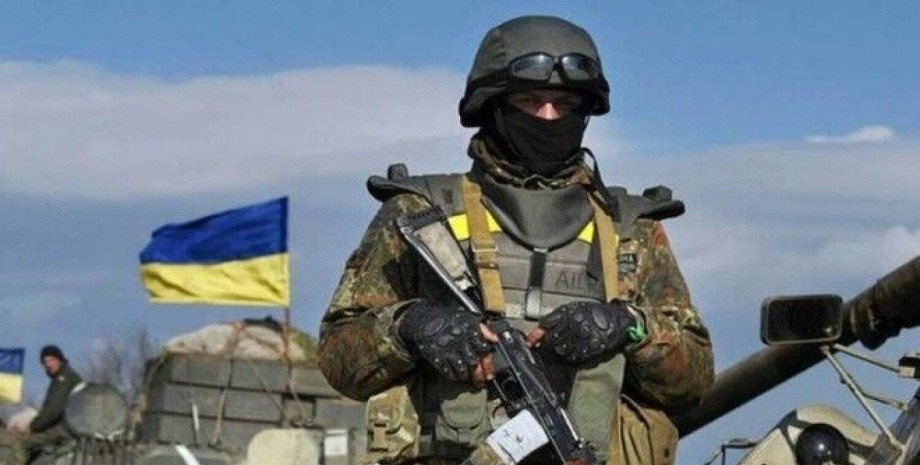
All rights reserved IN-Ukraine.info - 2022